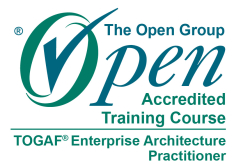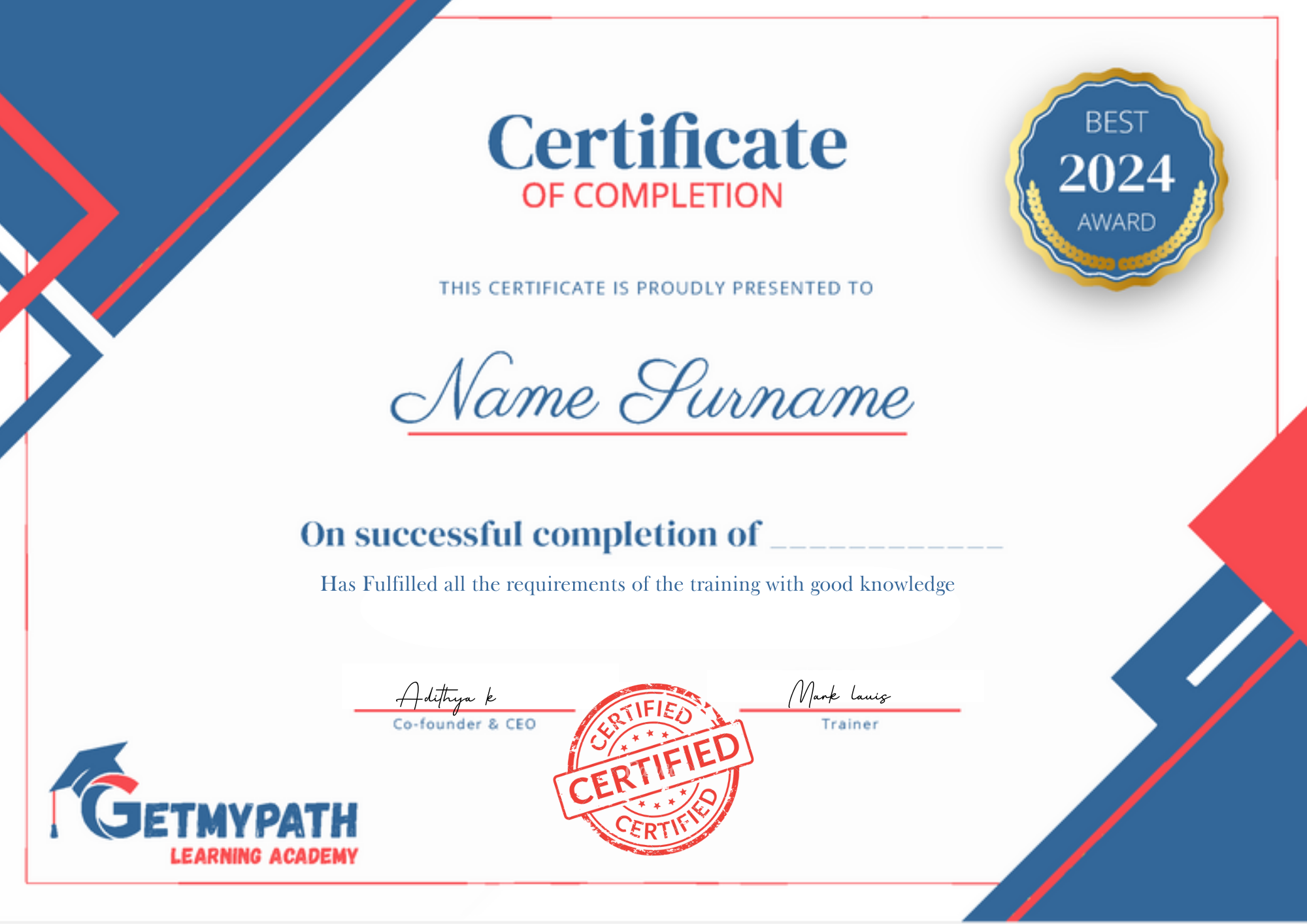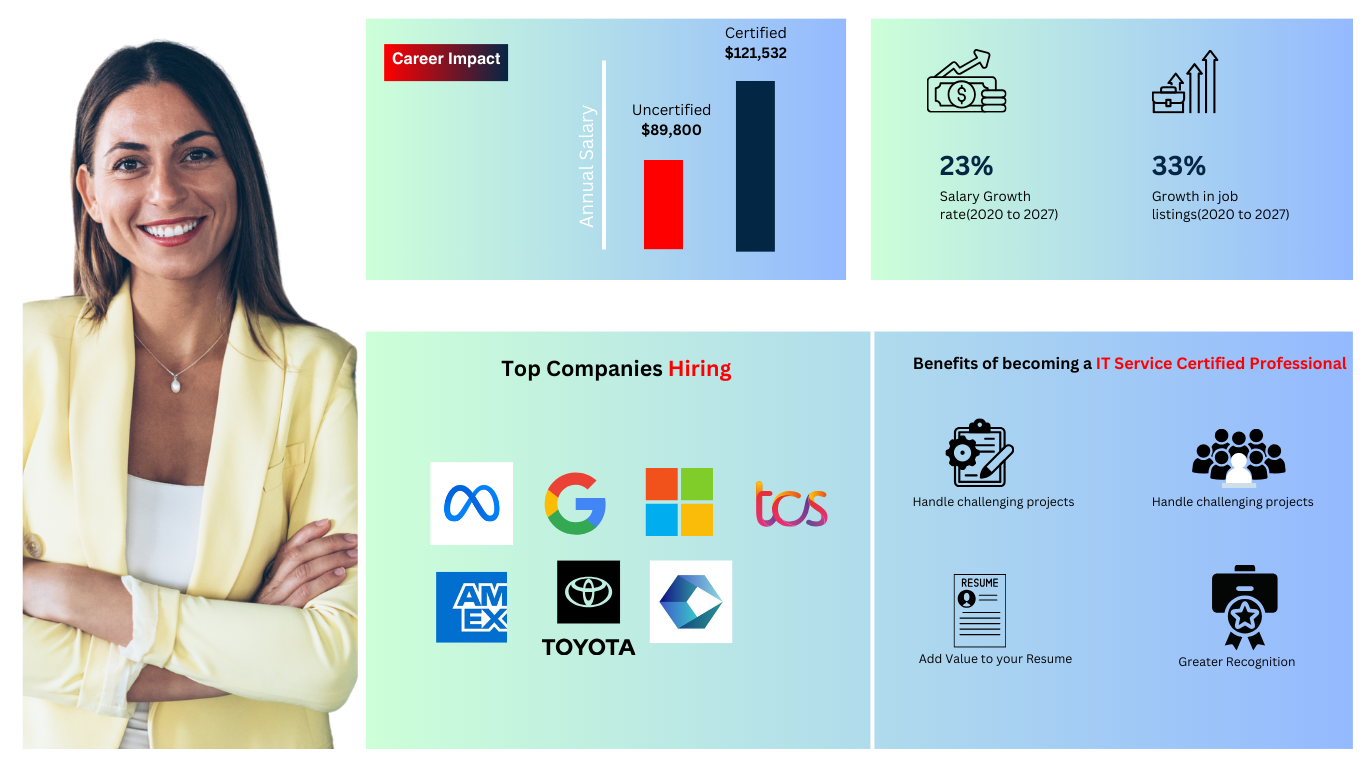

The goal of TOGAF training programmes is to give participants a thorough understanding of the TOGAF framework, its elements, and how to use it in practical situations. The principles of enterprise architecture, architecture development methodology, architecture content framework, and architecture capability framework are only a few of the subjects covered in these courses. The application of TOGAF to the particular requirements of their organisation, such as governance, risk management, and compliance, will also be taught to participants.
Accreditated Training Partner


Participants engage in meticulously organized live interactive classes led by certified instructors. Every session is recorded for reference. An online learning management system (LMS) is provided to access course materials, video recordings, assignments, and assessments. Learners have the option to pose questions offline. There is round-the-clock, 24x7 support available through the ticketing system. Upon successful completion, participants receive a certification of achievement


Real-world expertise is brought into the classroom by our qualified and experienced lecturers who run our programme.
To make sure students acquire the abilities required for their chosen sector, we place a strong emphasis on experiential, real-world learning.
We provide students with a competitive edge in the job market by designing our courses in accordance with the most recent technological advancements and industry trends.
To assist students in starting successful careers, we offer complete career support, including advice and help with job placement.
Modern amenities and resources are available at our institute to provide the best possible learning environment.
Upon successful completion of our certification training program, participants will be awarded an industry-recognized certificate

Learn the globally recognized TOGAF framework for enterprise architecture.
Receive comprehensive training to prepare for the TOGAF certification exams.
Benefit from instruction by experienced TOGAF-certified professionals.
Gain practical insights and skills applicable to real-world enterprise architecture scenarios.
Participate in interactive sessions, discussions, and hands-on exercises.
Choose from various training formats to suit your learning style and schedule.
We are always available to assist you.